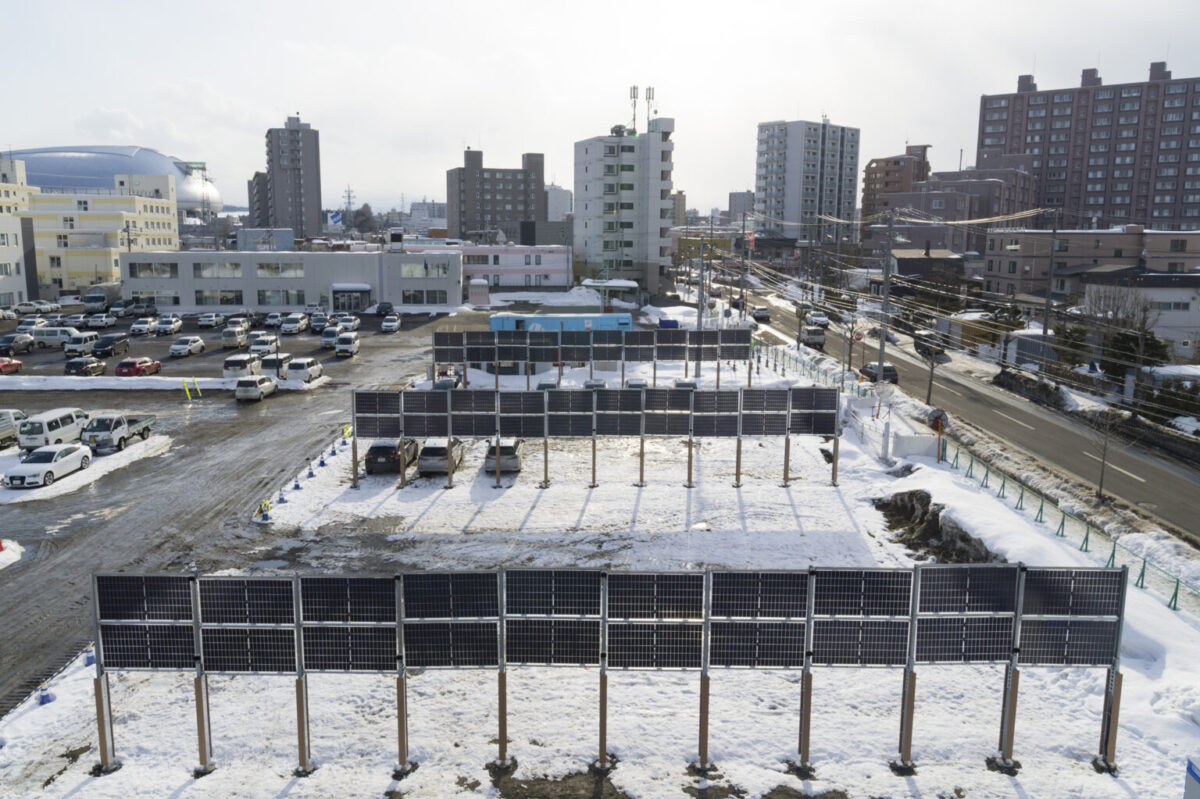An international research team led by the Norwegian University of Science and Technology (NTNU) has developed a new methodology to identify the most effective model chains to estimate solar irradiance in east-west oriented vertical bifacial photovoltaics at high latitudes.
The scientists explained that previous studies focused on the validation of a specific step of a given model chain, and said their work, by contrast, considered the whole model chain and the impact of the combination of different models on the accuracy of the final results.
“This study aims to contribute to filling up the literature gap in solar irradiance modeling considering high-latitude locations and irradiation on eastwards and westwards vertically oriented PV surfaces,” they explained. “By reviewing the state-of-the-art decomposition and transposition models, 29 decomposition and 25 transposition models are chosen for detailed evaluation through model chains.”
The group tested its approach on an east-west oriented vertical bifacial PV system located in Turku, Finland. It implemented the modeling in six steps consisting of data acquisition, review of existing solar decomposition and transposition models, implementation of the models’ library, initialization of the model chains, experimental validation, and inter-model chain comparison.
The academics considered 725 possible combinations of the decomposition and transposition models for both sides of the PV installation.
The performance of these models was then compared to that of benchmark models used to estimate the solar irradiance on inclined surfaces. They also created a dataset with the data required to initialize the model chains considering solar zenith and azimuth angles, air mass, and angle of light incidence, as well as to validate their results.
Through its analysis, the research team came to the conclusion that identifying a single model chain that can perform the best, regardless of the system orientation, is a difficult task at high latitudes. “Model chains optimally operating for the East side of the panel achieve a different level of accuracy when modeling solar irradiance impinging on the West side,” it added.
The researchers recommended using two different model chains for the front and rear sides of the vertical PV system.
Popular content
“Models from the families of Yang and Perez should be preferred for the solar decomposition stage when assessing the West side of the system,” they said referring to models adopted in previous literature. “Erbs models and Perez family of models should be preferred for the solar decomposition stage when assessing the East side of the system.”
They also added that the so-called Hay and Steven transposition models should be preferred for the west and east sides of the system, respectively.
They introduced the new methodology in the study “Validation of model chains for global tilted irradiance on east-west vertical bifacial photovoltaics at high latitudes,” published in Renewable Energy. The research group includes scientists from the University of Turku and the Turku University of Applied Sciences (TUAS) in Finland.
“To enhance the accuracy of the results from solar analysis, there is a need for a metamodel-based approach that can apply different model chains according to a parameter, such as the angle of incidence or the geometry of the investigated surface,” they concluded.
Other scientists from the University of Turku in Finland have recently created a new method to calculate performance loss rate (PLR) in vertical bifacial PV systems. This metric is commonly used by project developers to assess the expected power output of a PV system over its installed life.
The same research group unveiled in July a methodological workflow to boost electricity yield in bifacial vertical PV systems that are connected to low-voltage (LV) grids located at high latitudes and have different panel locations, orientations, and technologies.
This content is protected by copyright and may not be reused. If you want to cooperate with us and would like to reuse some of our content, please contact: editors@pv-magazine.com.



Loving the content of your online contribution to the very important subjects you cover.